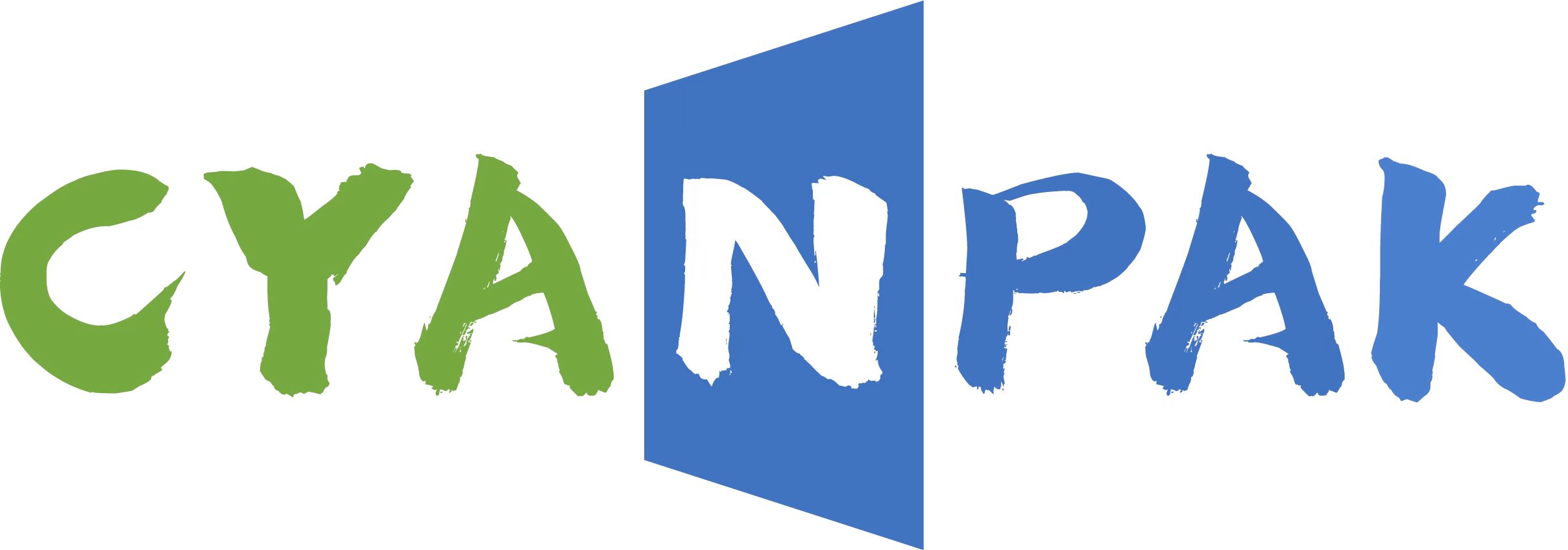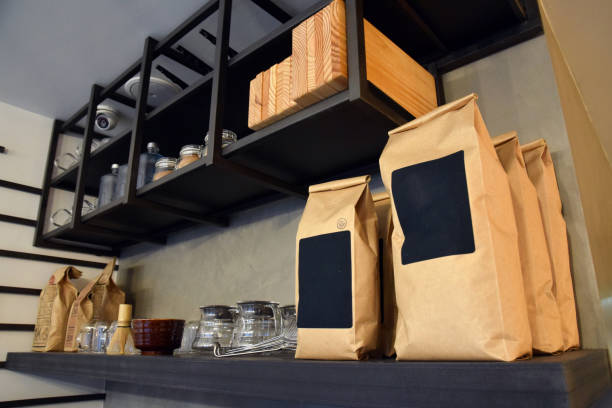Packaging for gourmet coffee has evolved into an art form.
To produce the most powerful final product possible, every detail—from the font to the texture of the packing materials—is meticulously taken into account. That also applies to the coffee bag’s size.
Although the size of the package will vary based on how much coffee is purchased, 227g is one of the most common and often used sizes for coffee bags.
What is the source of this specific weight and how does it help customers?
Continue reading to find out the background of the 227g coffee bag and why it is the most widely used size.
Where is the source of the 227g coffee bag?
It’s actually fairly understandable why a 227g bag of coffee has become the standard.
8 oz is the typical size for a coffee bag across the nation because the US prefers the imperial method of measurement to the metric system. 8 ounces equal 227 grams when expressed in grams.
The size is also perfectly suited to support the whole spectrum of coffee bag structures.
The flat bottom flexible box bags, stand-up pouches, and quad seal and center fin design bags are the most often utilized structures for 227g coffee bags.
To keep the coffee fresh, these are frequently equipped with additional packaging features like degassing valves and resealable zippers.
The 8oz / 227g coffee bag’s capacity to yield a practical number of cups is one reason the coffee industry chose it.
In a perfect world, the weight provided would yield an even number of cups of coffee. Therefore, less product may need to be thrown away by the consumer as a result.
However, despite how easy it may seem, each brewing technique frequently has a minimum amount of coffee that must be used.
However, for most brew styles, a 227g coffee bag can provide customers with a consistent number of cups.
A 227g bag of coffee will often result in:
• 32 cups of single shot espresso
• 22 cups of filter coffee
• 15 cups of cafetiere coffee
• 18 cups of percolator coffee
• 22 cups of Turkish coffee
It is significant to note that waste generation will differ depending on the equipment utilized and the level of coffee each customer prefers.
In order to satisfy the drinking preferences of the average customer, the 227g coffee size has been chosen as one of the most practical and waste-free sizes.
227g coffee bags: Providing customers with more convenience?
There are several important aspects to take into account while selecting the size of the coffee bag.
Roasters need to think about consumer convenience in addition to selecting a size that minimizes coffee waste.
Additionally, roasters must think about how their coffee packaging may contribute to giving consumers the best experience possible.
The 227g coffee bag has gained widespread acceptance as the appropriate solution, striking the perfect balance for a number of factors.
The sample size is one factor. A 227g coffee bag provides a handy serving size for clients testing out a new brand because it is one of the smaller alternatives in typical coffee container sizes.
A 227g bag is frequently referred to as a “sample size” since it gives customers an inexpensive option to sample a variety of coffees. Furthermore, it still gives roasters a chance to make a profit.
A 227g coffee bag is even more practical because it is made for household kitchens and residences. This coffee bag’s size is compatible with household storage bins, cupboards, and pantries.
Additionally, it offers a product that is simple and lightweight for supermarkets, cafes, and other sales locations to stock.
Coffee has a far longer shelf life than the majority of other products. Having said that, the coffee within will start to oxidize as soon as the box is opened. The coffee will lose some of its flavor and freshness over time.
227g is the perfect serving size for an average coffee drinker to consume at home in order to keep the coffee fresh until the bag is empty.
The lower size also makes shipping and distribution much easier. The bags can fit neatly into containers with the least amount of wasted space.
Last but not least, a 227g bag strikes the ideal proportions between being modest and reasonably priced to entice new customers and being substantial enough to keep the roaster’s costs down.
Due to the expenses associated with production, packing, and transportation, it would be difficult for a roaster to defend the creation of smaller coffee bags. A 227g coffee bag provides the best of both worlds as a result.
Alternative coffee packing sizes
The following typical sizes for coffee packaging are available in addition to the 227g bags:
• 340g (12oz)
• 454g (1lb)
• 2270g (5lb)
The size of coffee packing, however, can vary depending on the product’s intended purpose and can reach 22.7 kg (50 lb).
It is important to note that bags over 1 kg are typically bought by cafes or wholesalers because it is uncommon to find one home that eats that much coffee.
Given that it strikes the ideal mix between cost-effectiveness, convenience, and a top-notch customer experience, the 227g coffee packing size is obviously quite popular with consumers.
Furthermore, this scale gives customers the freedom to explore the market in an accessible and sensible manner while enabling producers to operate profitably, efficiently, and conveniently.
Therefore, Cyan Pak offers a full spectrum of 100% recyclable coffee packaging solutions in a range of sizes to both roasters and coffee enterprises.
We provide a variety of coffee packaging structures, such as side gusset coffee bags, stand-up pouches, and quad seal bags.
Create your own coffee bag to take control of the design process. To make sure your custom-printed coffee packaging is the ideal representation of your business, we use cutting-edge digital printing technology.
Post time: Jun-16-2023



